Armenian Prime Minister Nikol Pashinyan emphasized the significance of Isfahan's rich Iranian culture during his visit to the historical city. "It is impossible to truly understand Persian culture without experiencing the historical backgrounds of Isfahan," he stated.
Iran (IMNA) – Pashinyan expressed optimism that this trip would foster mutually beneficial and reciprocal relationships between the two countries, leading to expanded cooperation in various sectors. During his visit, Pashinyan explored notable landmarks such as Naghsh-e Jahan square, Imam Mosque, Vank Cathedral, and its museum. Furthermore, he met with the Armenian community residing in Isfahan at the Ararat sport club.
The Armenian neighborhood in Isfahan holds great historical significance. During the Safavid era, Shah Abbas I relocated a group of Armenians from Julfa to the suburb of Isfahan, which became known as 'New Julfa'. These Armenians sought refuge after escaping the 1915 massacre by the Ottoman Turks. Over the years, the Armenian community in Isfahan has thrived and established themselves in their new home. They have contributed significantly to the economic and cultural landscape of the city. Today, the Armenian community in Isfahan holds a prominent position as a religious, ethnic, cultural, and linguistic minority in Iran. Their presence is a testament to their resilience and the rich diversity of Isfahan.
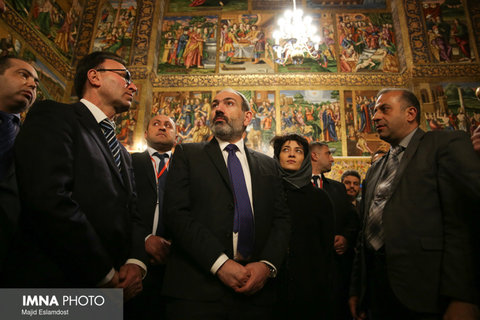
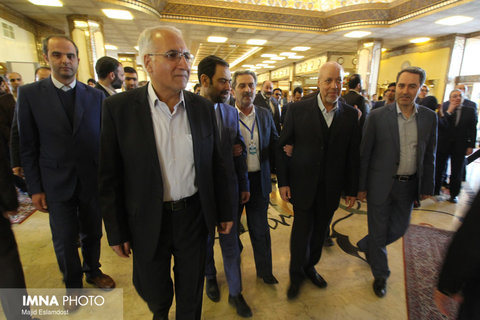
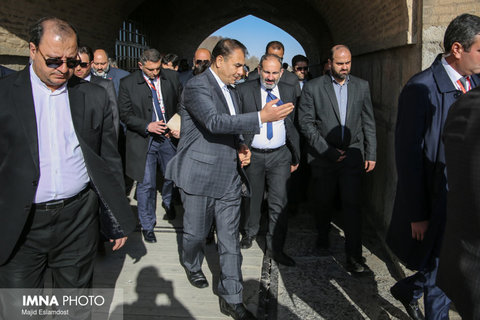
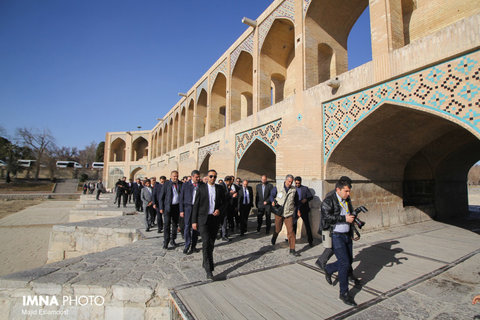
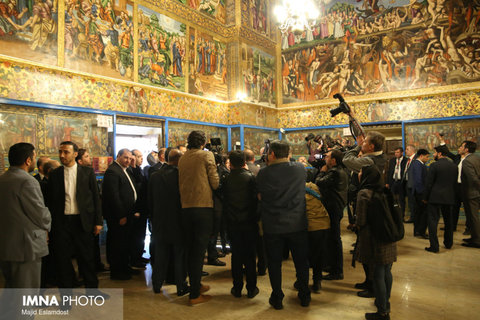
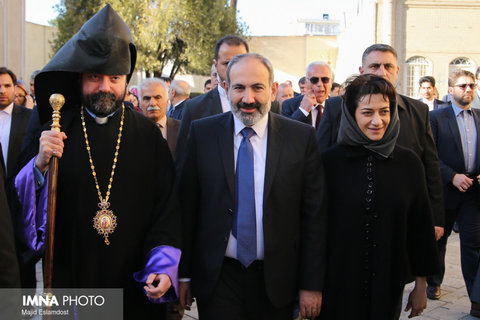
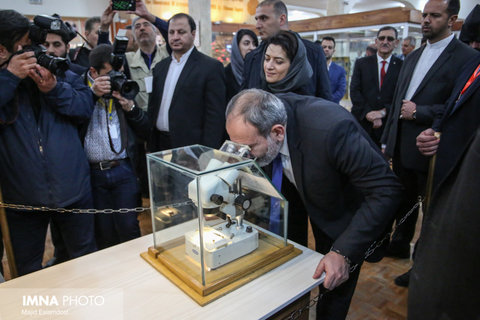
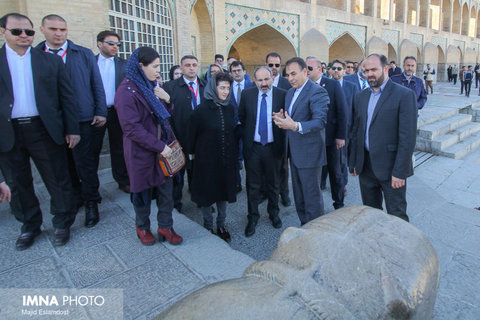
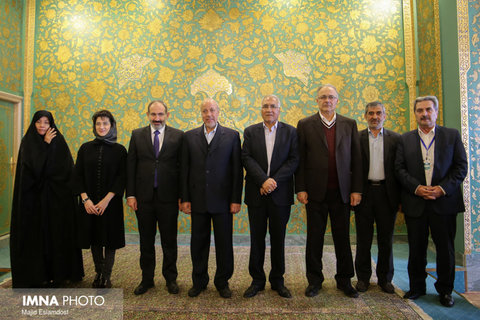
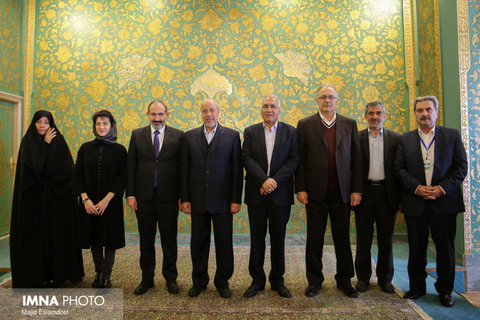
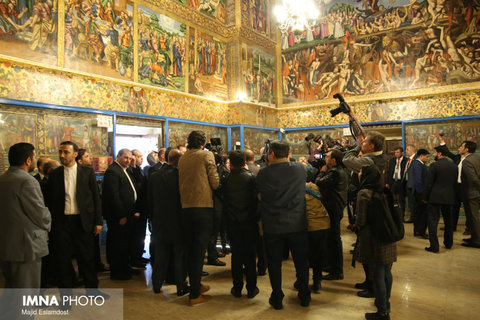
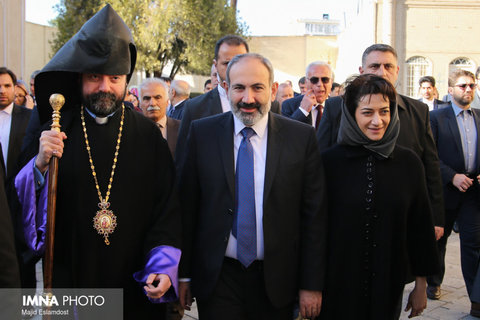
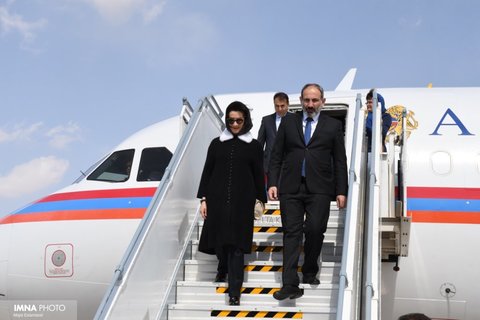
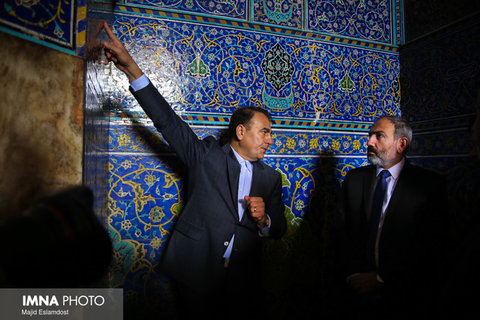

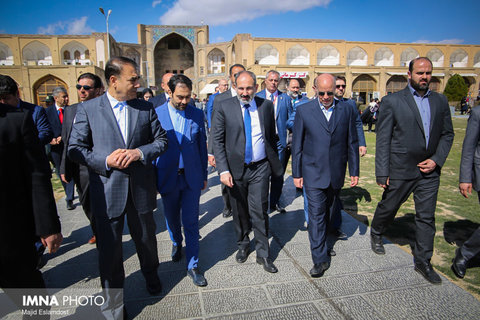
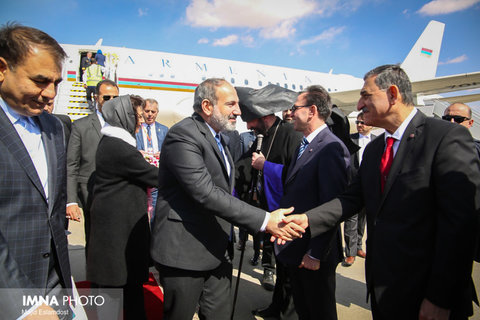
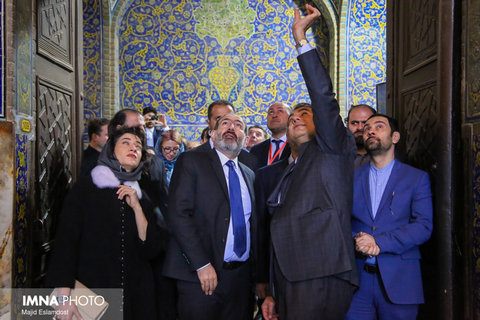
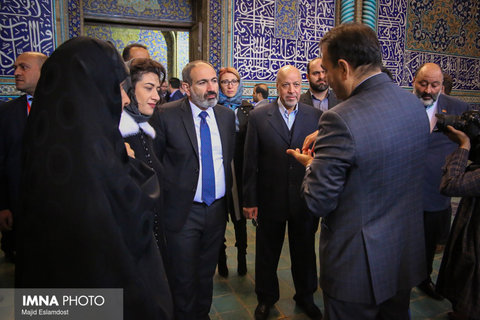
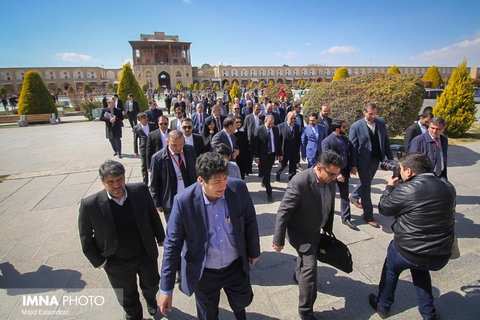
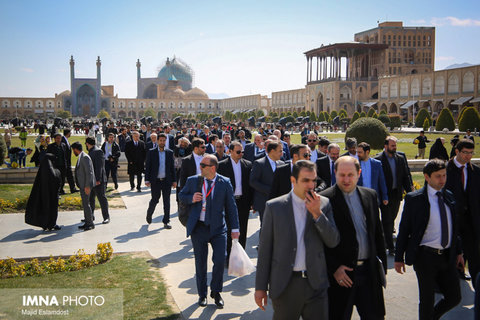
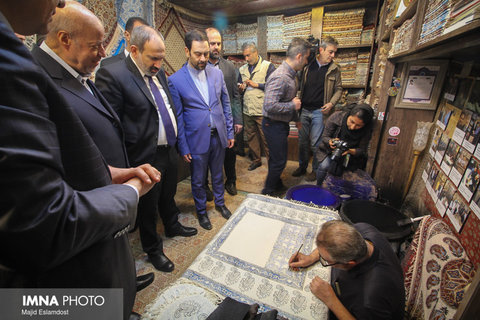
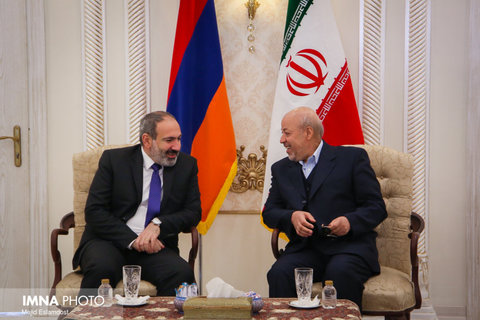
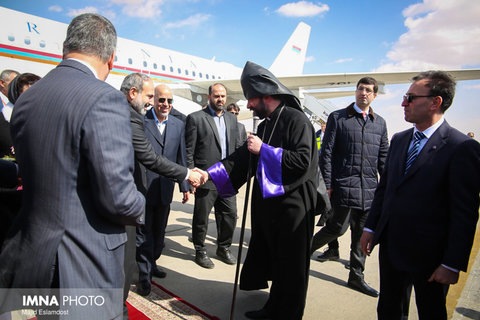
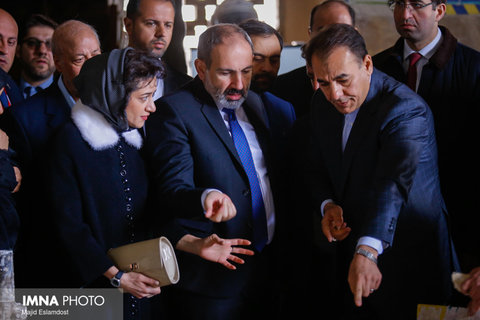
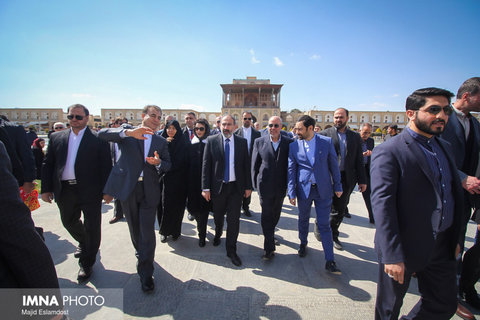
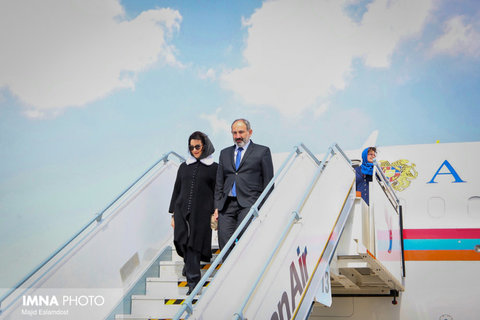
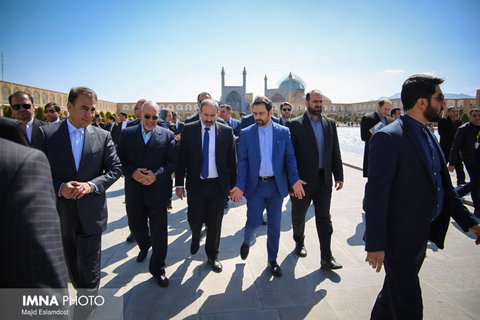
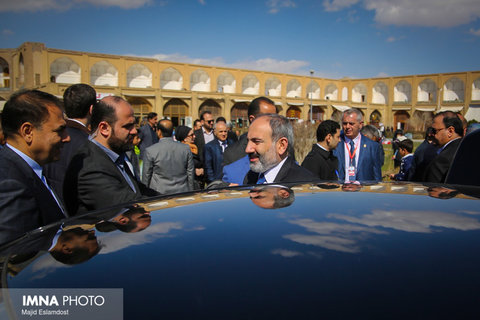
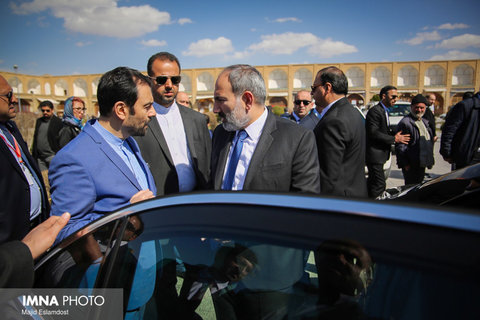
Your Comment